Latin name: (Tamarindus)
Category: tropical deciduous plants
Birthplace: Tropics of Africa, Sudan, Madagascar
Tamarind is a delicious tropical fruit
Tamarind (Tamarindus) is the only species of the same name in the legume family (Fabaceae). This original specimen is represented by tropical, slow-growing trees.
The homeland where tamarind grows is the eastern territories of tropical Africa, as well as the island of Madagascar with its dry deciduous forests. This plant has a history of antiquity. In those distant times, the plant was cultivated in tropical areas of Asia, Sudan. In the sixteenth century, Indian tamarind was introduced to Mexico and South America. At present, the wonderful Indian date adorns the entire tropical belt of the globe. The Cuban city of Santa Clara presents the tamarind tree as its symbolism. One royal province of Thailand placed a wonderful tamarind tree on its emblem and coat of arms.
The name in Latin is Tamarindus indica and everyone knows it as Tamarind Indian. In all countries and nationalities of Asia, its name sounds differently. The translation of the name of this fruit plant is “Indian date”.
What is tamarind? Under natural conditions, an adult tamarind plant can reach a height of twenty-five meters. It has a lush spreading, dense, rounded crown, which can be evergreen or deciduous, depending on the temperature in the area of deployment. The trunk is covered with fissured, brownish-gray bark. Tropical tamarind houseplants at home can reach a meter high with regular pruning. In some cases, it can be imagined as a miniature tree. A tamarind bonsai formed from this tree will present a very compact appearance.
The leaves of the plant are distinguished by a paired, alternating structure, which are composed of ten to thirty individual thin leaves, similar to acacia leaves. They have a narrow oblong structure with a midrib and reticulate veins. The top of the leaf plate is rounded and has notches. Thin hairs are the edging of the edges of the leaves.
Especially attractive with an impressive view is the tamarind plant in its flowering state.
These flowers of indescribable beauty resemble luxurious orchids.
Small, loose spikelets up to twenty-five millimeters wide attract attention with a pale yellow or pink color and bright stamens, which are located on top in the form of a crown. And not only people are interested in this charming beauty. Pollination is carried out by various insects. There are especially many bees on the flowers, which not only pollinate them, but also collect pollen and nectar for the production of honey.
On an adult tamarind tree that has reached the age of ten, fruits begin to set. More intensive fruiting is achieved on plants of fifteen years of age. How tamarind grows in places of natural dislocation is well known to both ruminants and monkeys, thanks to which this culture is dispersed.
After flowering, the tamarind is decorated with fruits of the "bean" type, which are represented by leathery nutritious pods. Tamarind can be compared to bean pods, ornamental beans, large peanuts. The cracking of the pods and the loss of hard and smooth seeds can only occur when falling to the ground.
These pods have an earthy color and reach a length of twenty centimeters, and their width is about three centimeters. Their interior is represented by an elastic pericarp, on which about seven pieces of hard, shiny, smooth nucleolus seeds are placed, up to fifteen millimeters long with an irregular structure. Thin, thread-like, inedible shoots attach the inner pulp to the fragile shell of the pod.
Edible qualities are very widely known and are often used in places of their natural deployment. Residents of Asian countries use tamarind in various dishes, enjoying their tasty and nutritious fruits with very interesting pulp, which can be compared with dense and sweet jam or ripe and tasty dates. Unripe tamarind fruit tastes sour and is more used in spicy dishes, it makes an excellent seasoning, paste or juice.
The sweetish-sour taste of a ripe exotic fruit can be compared with dried apricots and prunes, taken in the same combination. They are most often eaten for dessert. Apply and store fruits, young leaves, flowers, unripe pods in different forms. They can be dried, salted, frozen, candied, added to first courses, marinated. They are eaten both raw and cooked - fried and boiled, in the form of sauces, stews. At any given time, tamarind can be a great substitute for coffee.
Residents of Asian countries use tamarind and they clean brass and iron products in the household, and temples use the pulp of tamarind to clean jewelry and figurines of gods. Fruit pits are rich in oil, which is used as a varnish and used to open wood products.
Tamarind its beneficial properties have long been known to people. The cosmetic industry and traditional medicine use these medicinal, healing qualities in their own areas. The vitamin base of tamarind is very rich. It is rich in thiamine and other B vitamins, as well as minerals - phosphorus, iron, potassium, magnesium.
Tamarind benefits and harms
The benefits of tamarind when consumed are manifested in improving appetite, in eliminating constipation, as a mild laxative, in stimulating the digestive process and reducing gas formation in the intestines. Tamarind helps to improve the functioning of the heart muscle, gives elasticity to blood vessels, cleanses the blood of cholesterol, is beneficial in the treatment of stomach ulcers, and restores the body to people who have suffered a stroke.
Tamarind has antifungal and antibacterial medicinal properties. Actual plant in the treatment of angina for gargling. Roasted seeds can fight worms.
An overabundance of tamarind, like other types of plants, can harm the body.
This threatens with allergic manifestations, hypervitaminosis, which can cause B vitamins, resulting in diarrhea. It is not advisable to take tamarind fruit for diabetes, dysentery, stomach diseases.
Tamarind care at home
To get a unique tamarind bonsai at home, it is advisable to familiarize yourself with a few simple rules for growing this exotic. They must be strictly followed, because if you neglect this attribute, the tree may die. Tamarind growing it at home will consider in stages.
Choice of location and temperature
The place of deployment for homemade tamarind will be suitable on the windows that face the south, southeast or southwest direction. In bright light, tamarind looks healthier, stronger and pleases with abundant flowering. On a houseplant, with a lack of light, the growth of leaf plates stops and the tree can get sick. In the autumn-winter season, it is desirable to highlight the tree with the help of fitolamps.
Rotating the plant 45˚ around the axis will help the crown develop evenly.
Comfortable summer temperature indicators can be considered a run-up from 20˚С to 25˚С. In the winter off-season, the temperature scale should not be less than 10˚С. If it is colder, the tree may be left without leaves.
Drafts are contraindicated for tamarind.
Humidity and watering
An exotic tropical inhabitant requires high humidity at 60%. To maintain such conditions, it is desirable to carry out systematic spraying with warm settled water in the mornings and evenings. You can moisten the area surrounding the plant with the help of a nearby container with water, and put the pot in a tray with moistened expanded clay or pebbles. A self-watering plant pot will also be a great helper to control the humidity in the room.
During intensive growth, abundant and regular watering will be very beneficial for tamarind. It is advisable to keep the soil slightly moist. It is not desirable to overdry the earthen mixture in the flowerpot, but before the next watering, the soil may be slightly dried up. The winter frequency of this process should be slightly reduced.
Soil and its top dressing
Tamarind does not put forward special preferences for the state of the soil mixture. But for a high-quality, harmonious, healthy development of a tree with good decorative properties and intensive growth, the tamarind needs fertile, loose, drained soil, which has effective water permeability and low acidity.
Suitable ready-made special soil for citrus, fruit or tub crops from a flower shop. Individually, you can prepare a high-quality composition from equal parts of the following components: greenhouse land, peat land, rotted manure, coarse sand or perlite.
In the spring, the tamarind wants top dressing with liquid fertilizers once every three weeks. Organic top dressing will also bring only benefits when growing tamarind. In the winter-autumn off-season, fertilizer is not required for the tree.
Tamarind transplant
With the onset of spring heat, before the start of the active growing season, if necessary, the young tamarind is transplanted into a new shallow and wide, ceramic or plastic flowerpot with a hole. In terms of volume, it should be proportional to the root system. Adult indoor trees are transplanted at three-year intervals.
A drainage layer five centimeters thick made of pebbles, polystyrene foam or broken tiles is required.
Tamarind pruning
How to grow tamarind unique and unpredictable? The tamarind crown is formed in a young plant, for which it is really desirable to plan a skeleton of three or five branches. Further annual spring pruning will be mostly sanitary. It is produced by thickening tamarind with weak or damaged branches.
The tamarind tree will make a wonderful bonsai. Pre-houseplant regularly fed with nitrogen-containing fertilizers. When the bush exceeds half a meter in height, the top is carefully cut off. Then the trunk is formed. At the end of the year, all leaves are removed from the tree. An already formed tamarind bonsai will soon be decorated with small leaves.
Tamarind bloom
Not all flower lovers have to contemplate how tamarind blooms at home. Such indescribable beauty can only be seen on adult plants. Under natural conditions, the flowering of tamarind begins with the arrival of the December cold snap. The tree is transformed and covered with numerous inflorescences-brushes, which are formed by beautiful yellow or pink flowers with pink stamens.
Tamarind breeding
Indian dates can be obtained using seeds, cuttings and air layering. Tamarind from the stone is not the most difficult method of propagation of a beautiful tree. To get one hundred percent germination of seeds, they need to be immersed in a thermos of hot water for twenty-four hours to soften. Then sow in peat soil, sprinkled with sand. We create conditions for a mini-greenhouse with regular watering. After three weeks, you can wait for the first shoots.
With the advent of pinnate leaf plates, babies need to be transplanted into separate small flowerpots with a temporary covering with a film for better growth. Tamarind from seeds with good care will grow handsome and will delight their owners.
Tamarind propagation by cuttings. Harvest ten or fifteen-centimeter stem cuttings. The lower part is cleaned of leaves, leaving three sheets on top. Individually, each cutting is planted in slightly acidic nutrient soil with the addition of sand. Planting depth four centimeters. Create greenhouse conditions with high humidity. Within thirty days, the seedlings should germinate.
Pests and diseases of tamarind
If you do not neglect the rules for growing Indian dates, unexpected guests will always bypass it. Regular inspection of the tree can prevent the appearance of scale insects, mealybugs, spider mites, and aphids on it. If this moment is missed, and insects appear, we will disinfect the tree with a soap solution. If this procedure is not effective, we turn to the help of insecticides - Karbofos, Aktellik, Decissa.
Difficult Growing Moments
- Tamarind leaf plates turn yellow and fall off - the irrigation regime is violated, the air in the room is too dry.
- The roots of Indian dates begin to rot - the houseplant is cold, the soil is too waterlogged. The pot must have a drainage hole.
- The tamarind grows too slowly, there is no flowering - the plant is in a dark place, it does not have enough sunlight, and it wants additional feeding.
- High-quality implementation of the described conditions for growing tamarind will allow you to grow and admire a wonderful tree that will decorate any interior.
Other indoor plants alphabetically can be seen on the site by opening the catalog of indoor plants from a to z.




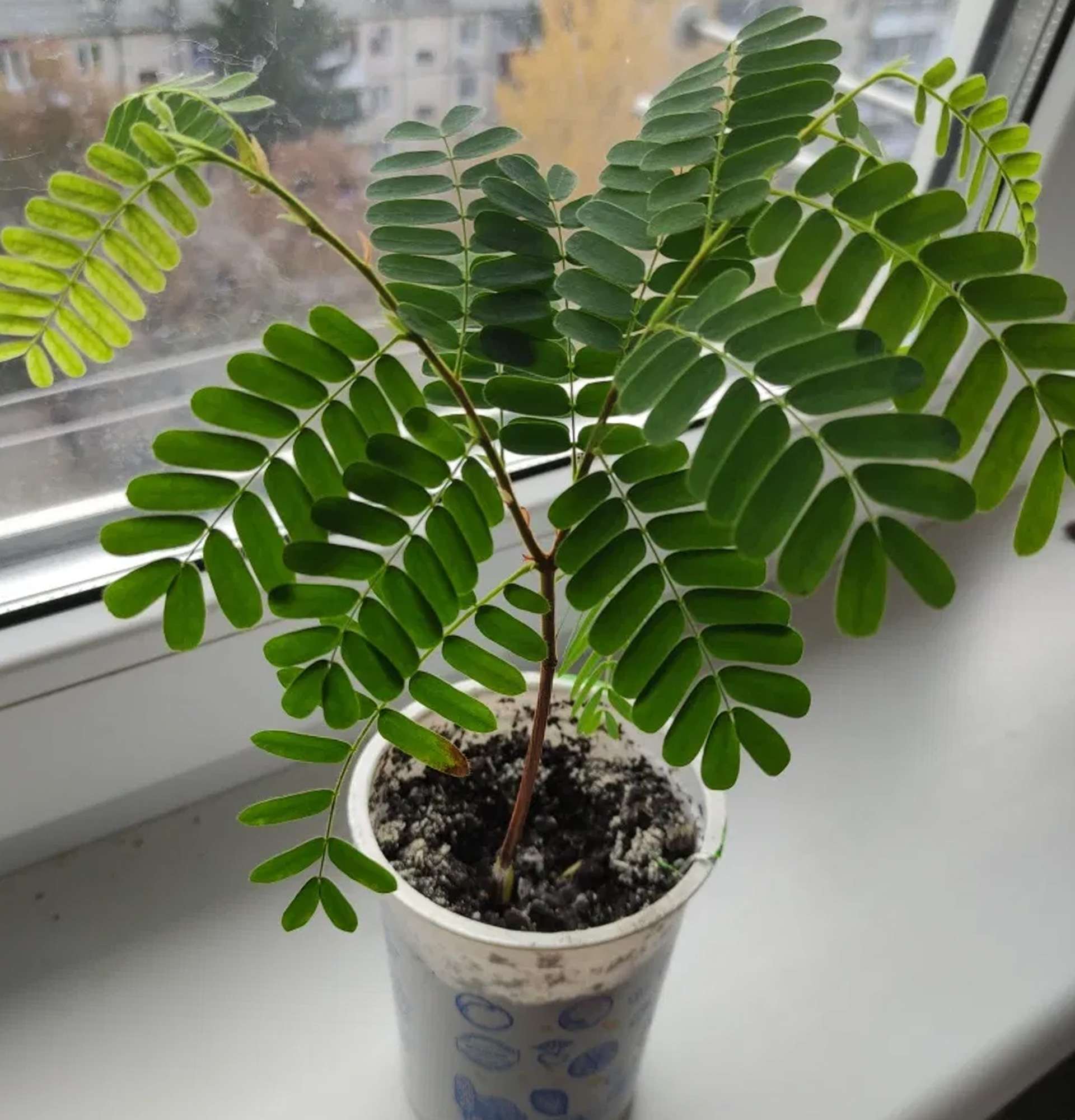










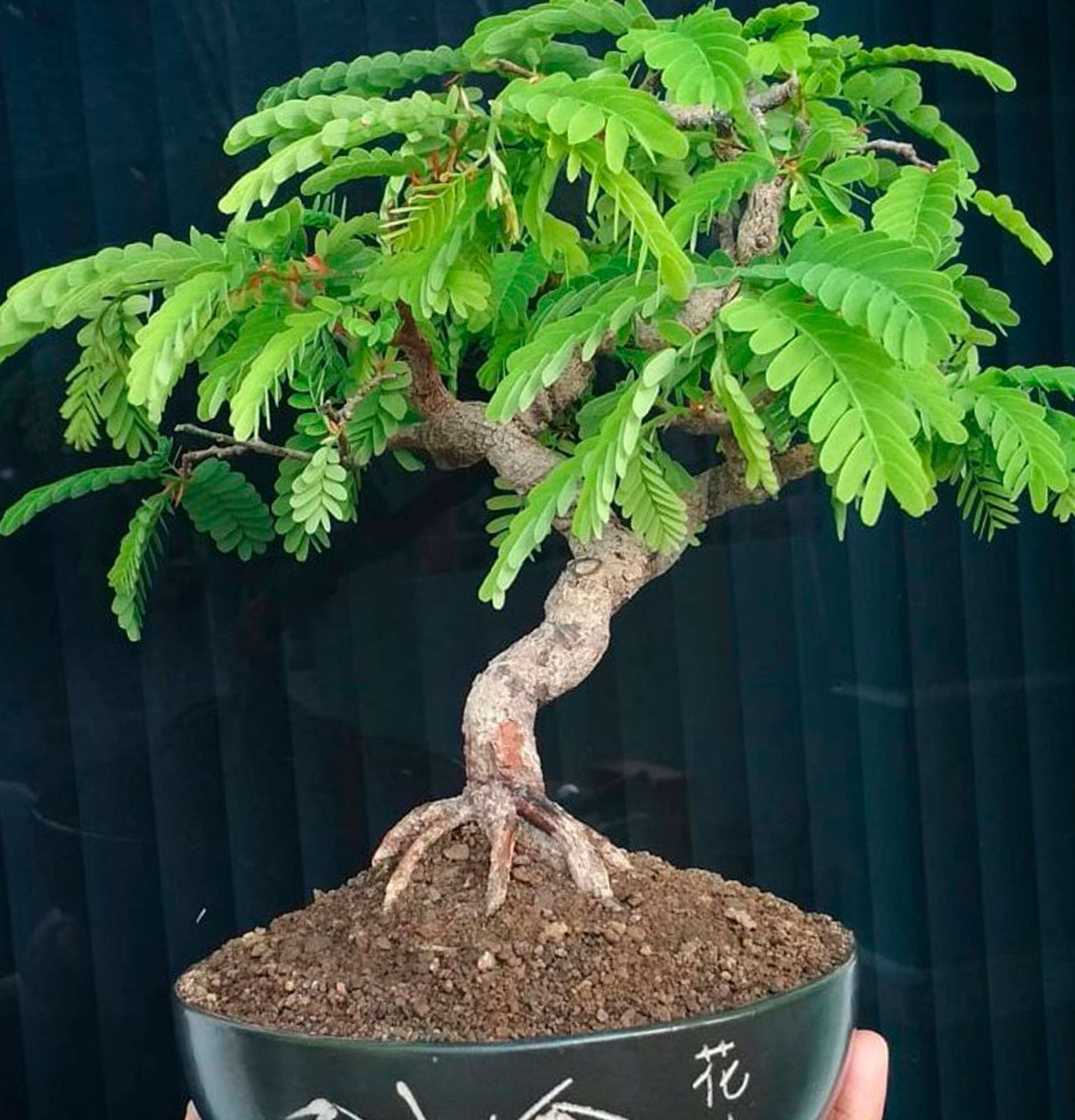
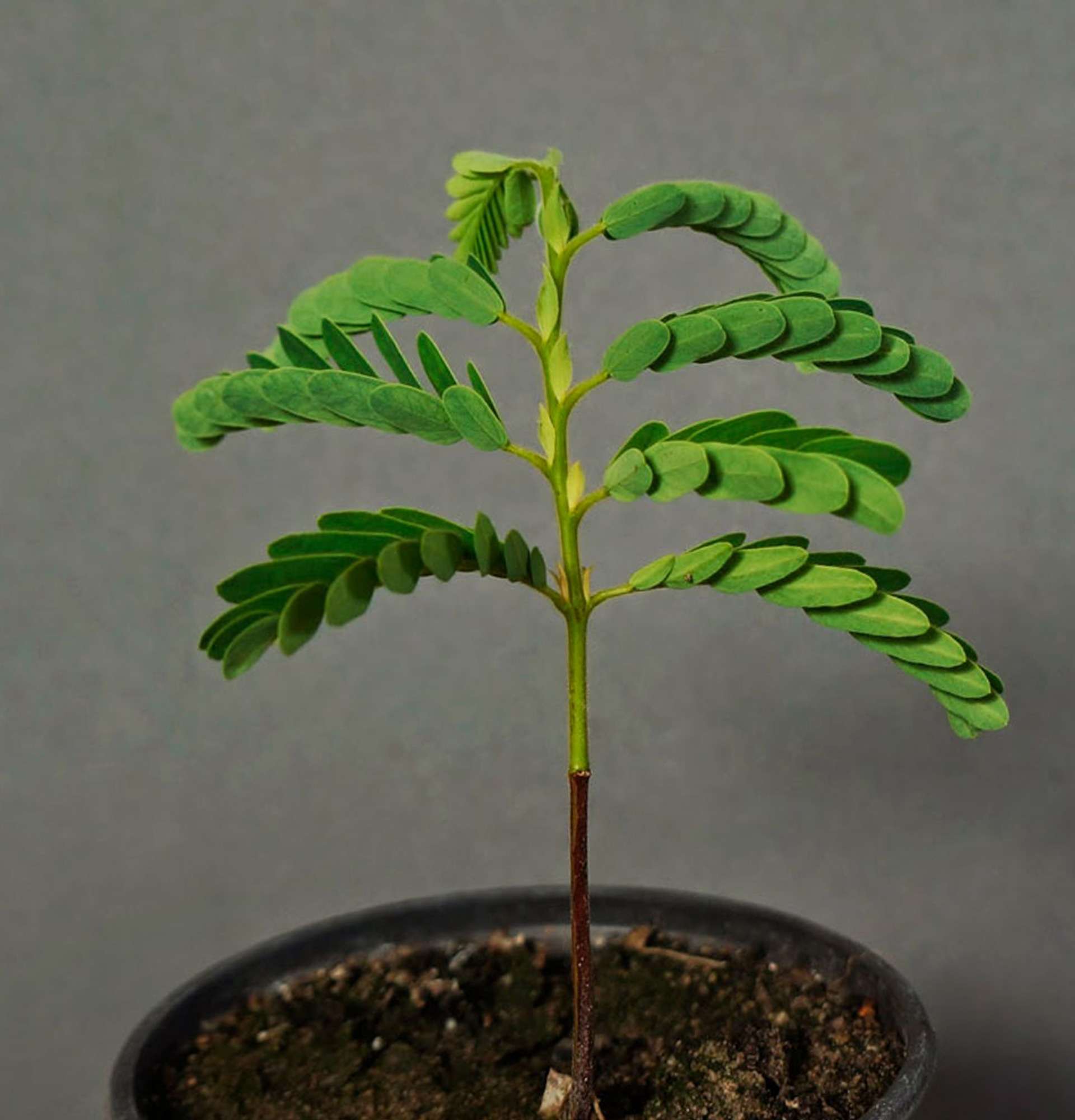
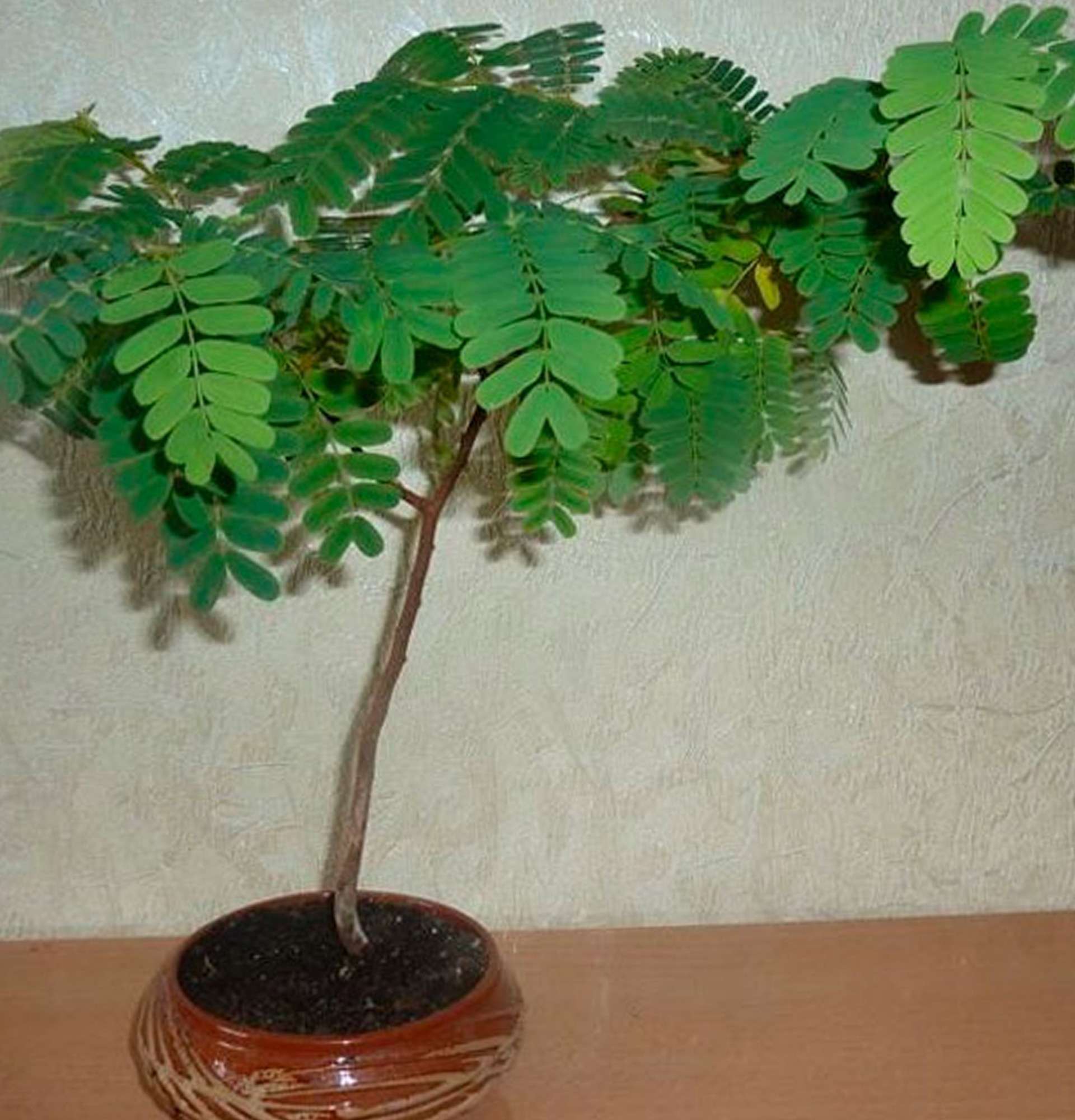
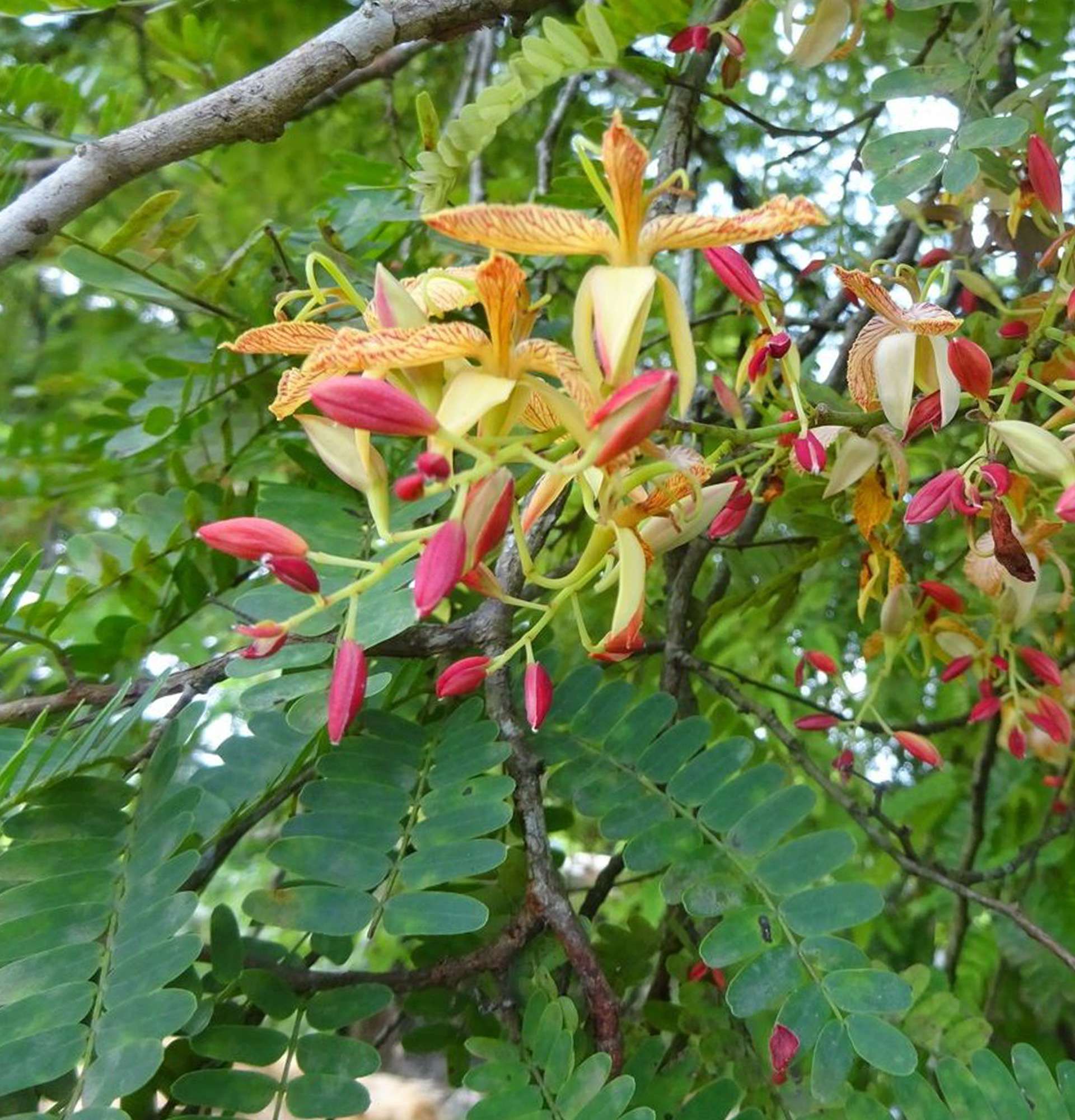
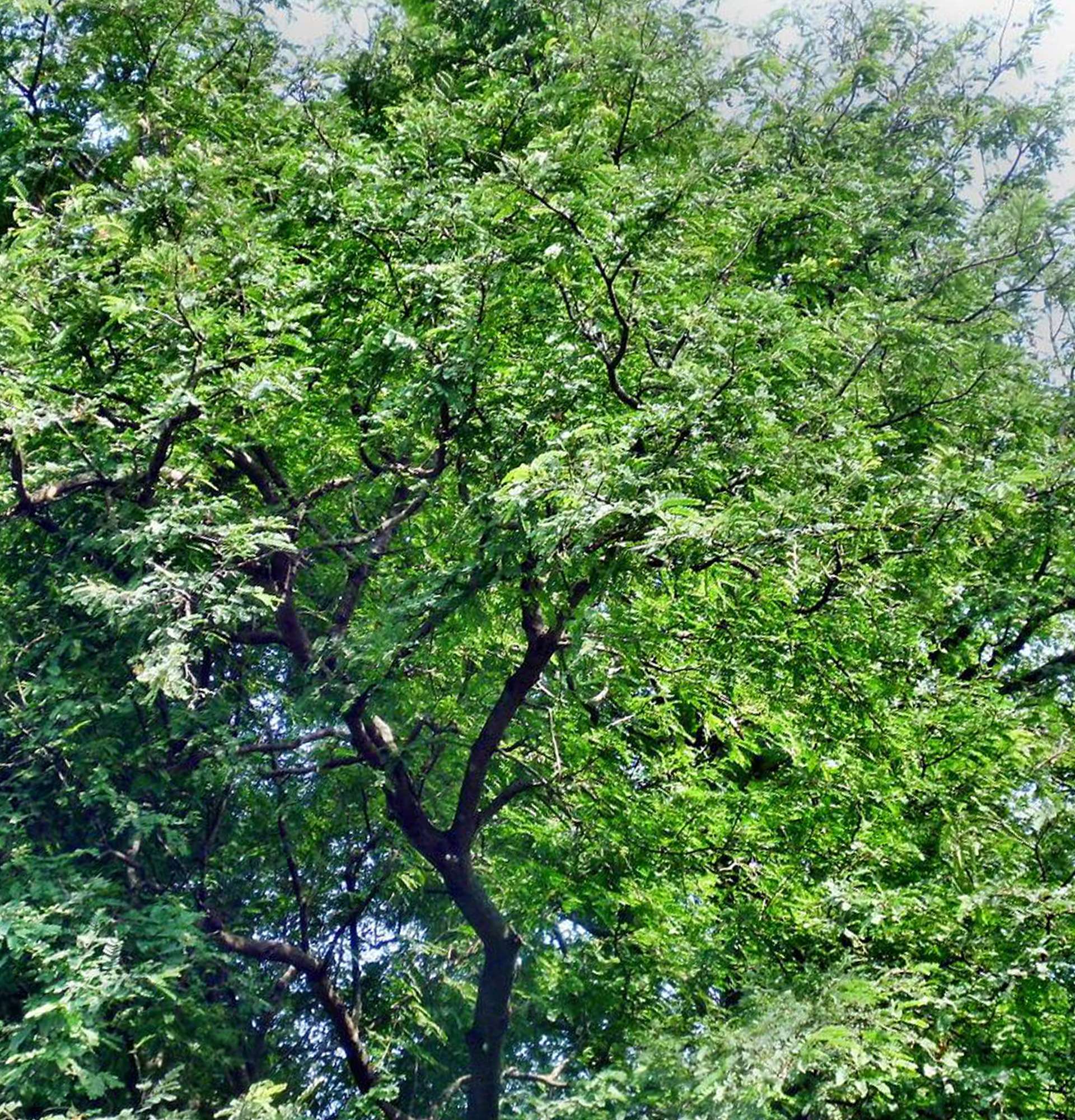
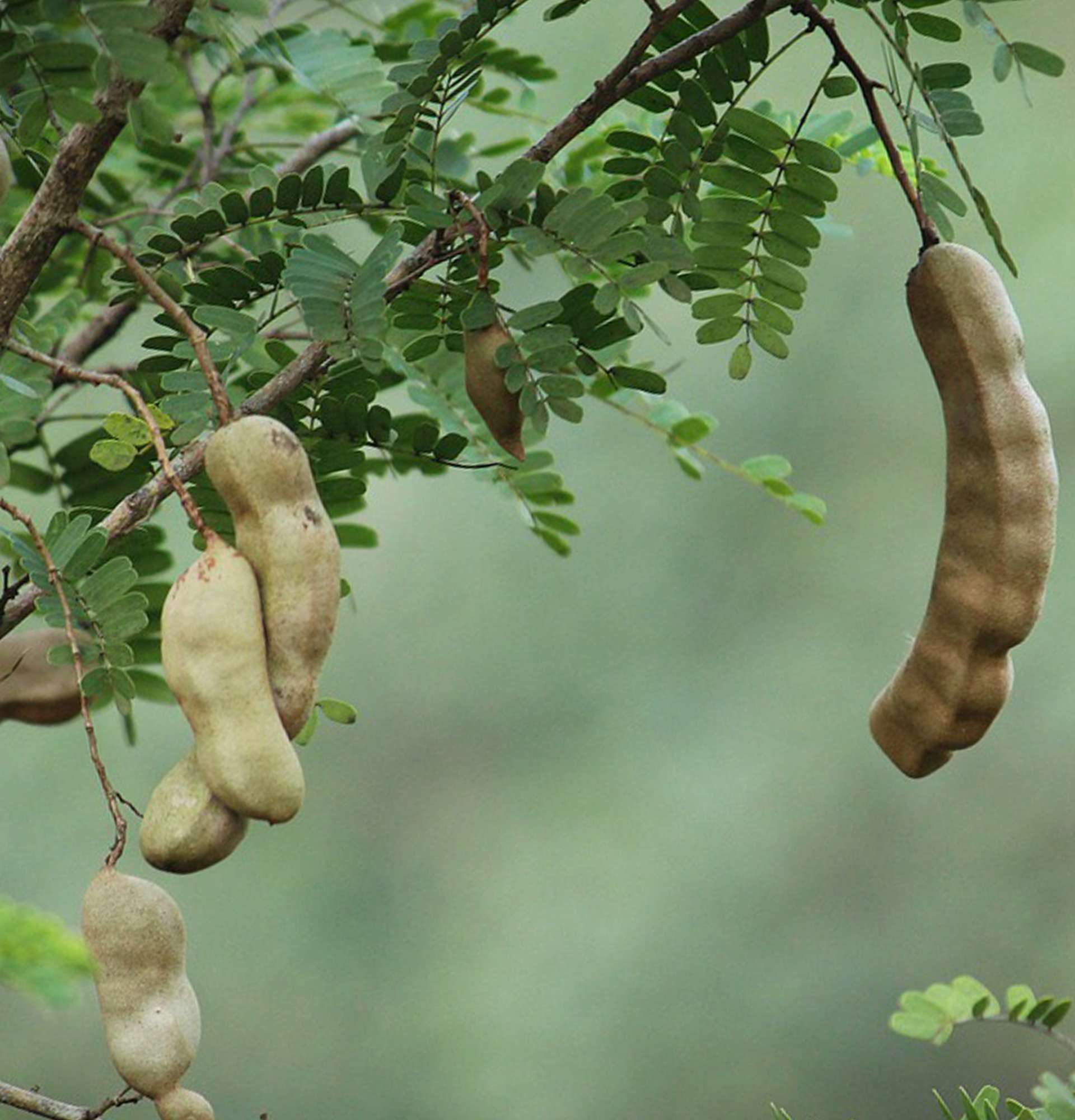
Write comments
Comments